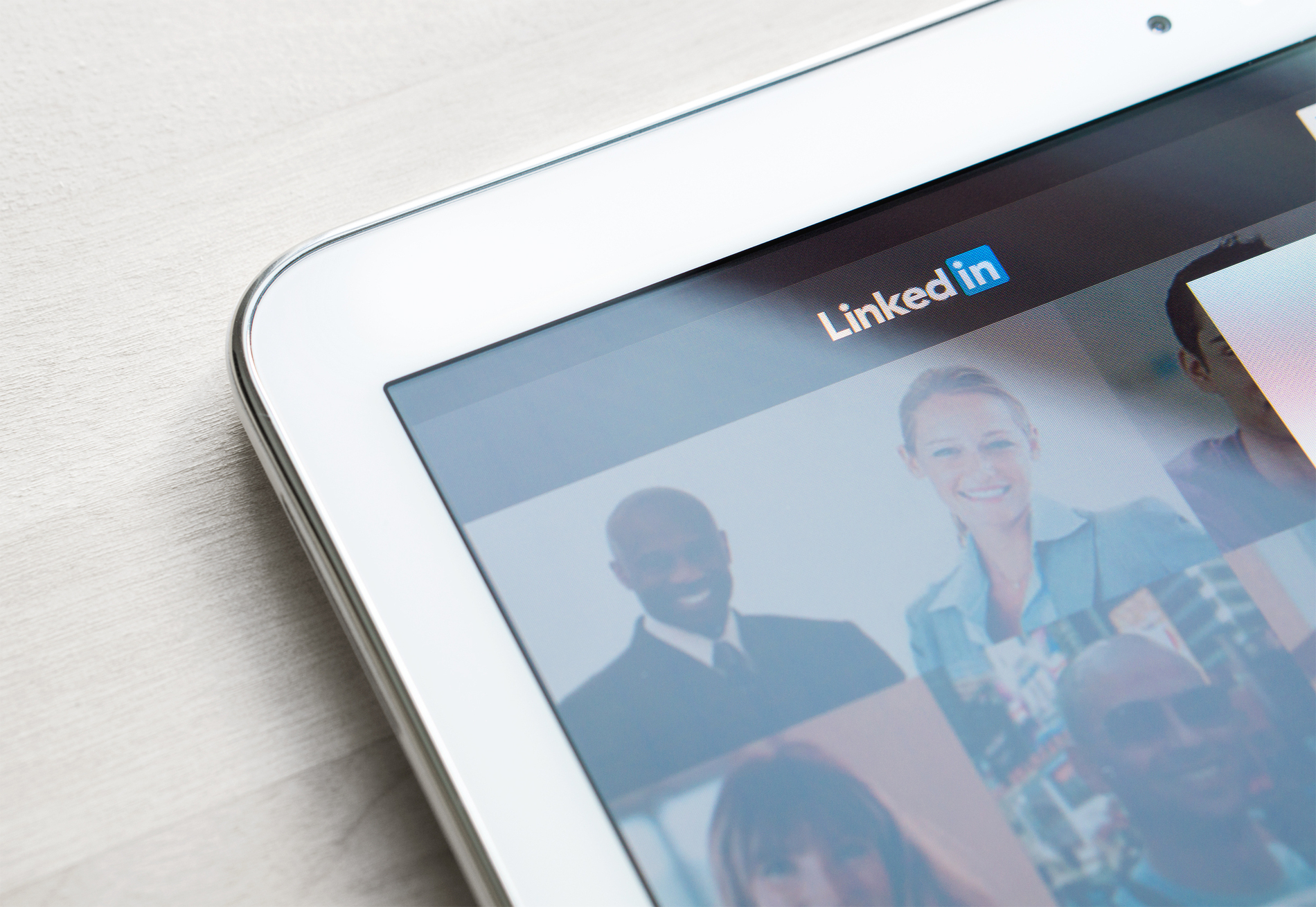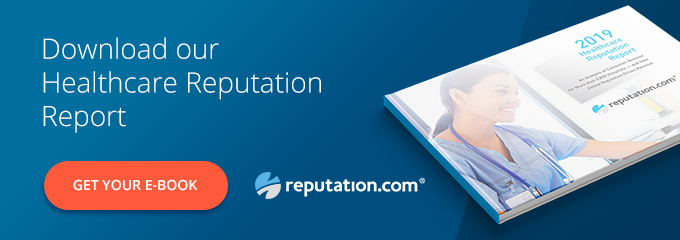Best Practices for Helping Your Physicians Protect Their Online Reputations
Reputation Staff Writer

Physicians with strong online reputations benefit. Nearly half of patients are willing to go outside their insurance network to see a provider with strong reviews.
How can healthcare system leaders help physicians protect their online reputation? Educating physicians on the importance of online reputation is the first step. Beyond that, there are numerous practical steps that physicians can take to protect their own privacy and help ensure their online reviews are representative and fair.
A good place for physicians to start is to make their social media accounts on Facebook, Instagram and LinkedIn private so that these accounts are easier to manage.
How to Make a Personal Facebook Account as Private as Possible

There are numerous settings you can use to lock down your Facebook account’s privacy.
Locking down Facebook account privacy begins with the small, white upside-down triangle in the upper-right corner of the page. Click on the triangle, then click “Settings.” On the left-hand menu of the resulting page, the word “Privacy” will appear. To the right, you’ll see the question “Who can see your future posts?” Set this to “Friends” rather than “Public.”
You can limit access to past posts, but be aware that Facebook does this all at once, and reversing it must be done one post at a time. You can do this if you want your past posts to only be visible to your friends (not the public or “friends of friends”).
Although you can’t stop friend requests altogether, you can make it so that only friends of your friends can send them. On the part of the menu that says, “Who can contact me?” you can edit “Who can send you friend requests” to limit requests to “Friends of friends.”
You can restrict who can look you up with your email address to just Facebook friends. Click to edit “Who can look you up using the email address you provided?” and check “Friends.” Do the same for “Who can look you up using the phone number you provided?”
You’ll also see the question, “Do you want search engines outside of Facebook to link to your Profile?” Click to edit, then click “Turn Off.”

You can make your Facebook profile invisible to search engines.
Limit who can tag and post to your timeline by going to the “Timeline and Tagging” choice on the left-hand menu (underneath Privacy). Click to edit “Who can post to your timeline?” and choose “Only Me.” You can’t stop people from tagging you, but you can make it difficult. Click to edit “Review posts that friends tag you in before they appear on your timeline” and choose “enabled.” This means that if someone tags you, the item won’t appear in your timeline unless you specifically allow it.
Finally, you’ll want to click Edit by “Who sees tag suggestions when photos that look like you are uploaded?” and choose “Only me,” so if a photo that looks like you is uploaded, no one else will get a suggestion to tag you in it.
Download our free guide to Getting Started with Online Reputation Management
Make Your Instagram Account Private Using These Steps
Making your Instagram account private is a 4-step process:
1) Once you’re logged into Instagram, tap the profile icon in the lower-right part of the screen.
2) Next, tap the menu icon in the upper right of the screen.

You’re just a few taps away from making your Instagram account private.
3) Tap on the gear-shaped “Settings” icon in the lower-right corner of the slide-out panel. Then tap “Privacy and Security.”
4) Tap on “Account Privacy.” On the subsequent tab, tap the button, causing it to slide over and turn blue.
These steps set your Instagram profile to private. At this point, only users who are currently following you, plus any new users you approve, will be able to see your Instagram. If you have existing followers you don’t want as followers anymore, you will have to block their accounts by going to their profiles and tapping “Block User.”
Control What’s Displayed on Your LinkedIn Profile
The people you connect with on LinkedIn can see your complete LinkedIn profile, but you have significant control over what parts of your profile are viewable to search engines and to people to whom you’re not connected.
To prevent your LinkedIn public profile from appearing in search engines or to non-members of LinkedIn, take these steps once you’ve logged into LinkedIn:
1) Click “Me” in the top right corner.
2) On the drop-down menu, click “Settings & Privacy.”
3) Click “Edit your public profile.” You’ll then see a box titled “Your profile’s public visibility.” Next to it is a button. If the button is in the “on” position, turn it to the “off” position. Afterward, your profile won’t appear in search engines.

Your LinkedIn profile doesn’t have to be open to everyone on LinkedIn.
Be aware, however, that if you have previously had a visible LinkedIn profile, it may take a couple of weeks for it to drop out of search engine searches completely.
Also under “Your profile’s public visibility” in the menu, you’ll see a series of categories such as websites, posts and summary that you can make either public or private. Visible categories will be marked “Show” next to a blue button. Click the button to turn it off. Once you’ve taken these steps, you can click on “View My Public Profile” to see what your new profile looks like to everyone else.
Even with privacy settings locked down, it’s important to monitor social media accounts regularly. People may find you online and comment, for example. Regular monitoring of social media accounts allows you to take steps to remove comments or hide posts in a timely manner.
How to Respond to Online Reviews
Online reviews are important in the healthcare business, but knowing how to respond to them properly is essential. Ensure you only respond to reviews using your organization’s approved language and ensuring there is not PHI in either the review or the response. Discussion about any questionable reviews should be taken offline immediately. When this situation occurs, you can acknowledge that a reviewer left a comment and ask the reviewer to call you to discuss the situation further, one-to-one.
For more information about building a strong online reputation and using it to the benefit of your healthcare organization, we invite you to download our Healthcare reputation report.

